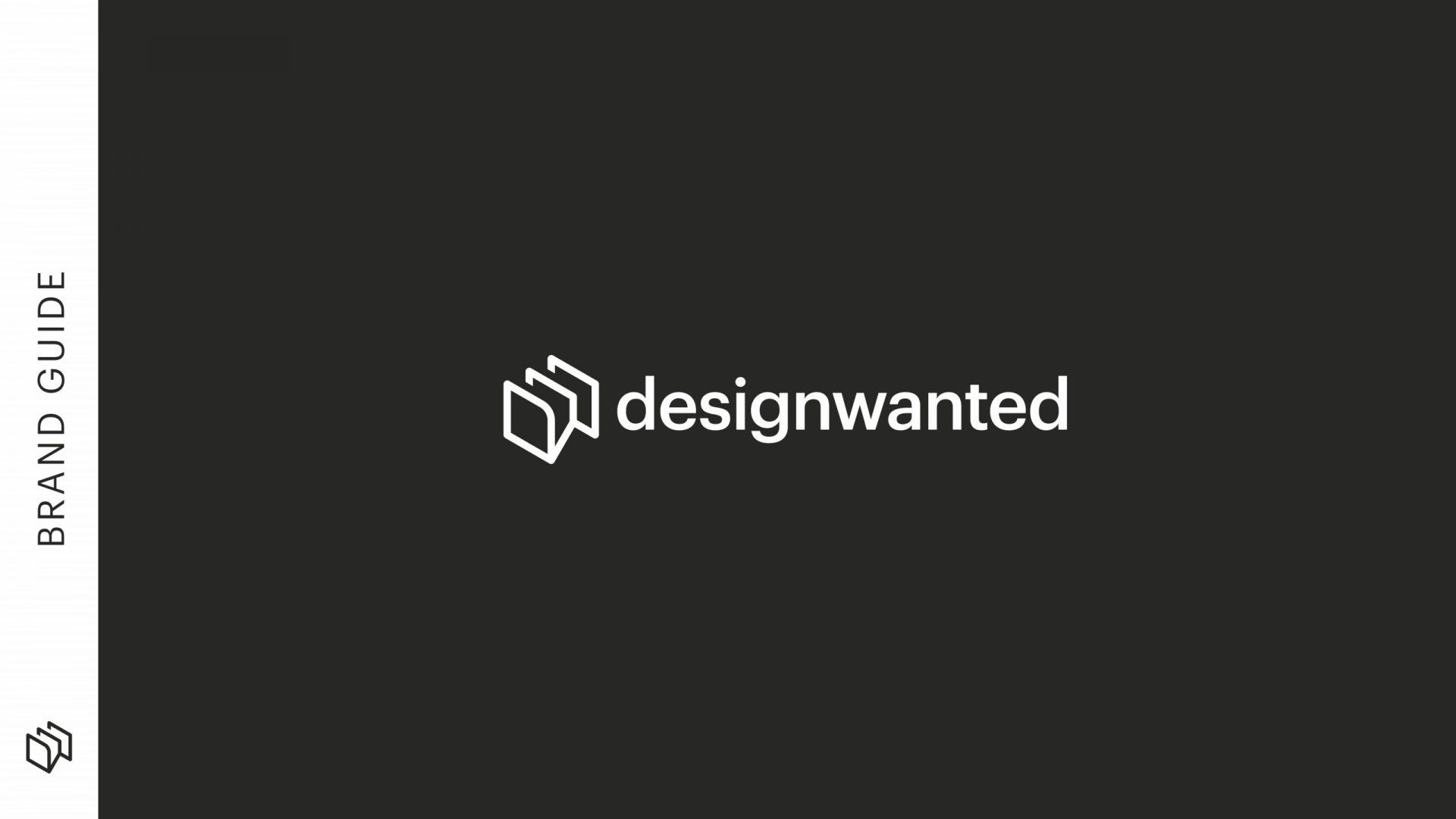Navigating our way to a less complex world with Tim Fendley

Tim Fendley transforms people’s experiences of the world’s most complex places through creative and innovative wayfinding systems.
Have you ever walked through a new city, a new neighborhood, or into a brand-new building, and somehow you ended up where you needed to be? It might be your natural sense of direction helping you find your way, but it is much more likely that you were benefiting from the support of a well-designed wayfinding system. Often overlooked and taken for granted, wayfinding systems are something essential for any city, space, or environment and require the expertise, talent, and dedication of designers like Tim Fendley to successfully show us the way; because the truth is, without them we would be lost. Literally.
As Founder and Creative Director of Applied Wayfinding, Tim Fendley is responsible for helping people find their way in some of the most complex places. His extensive experience in innovation, communication, wayfinding and digital design combined with his passion to simplify people’s lives has led him to create groundbreaking projects that not only push the boundaries of information design but help make cities more understandable.
It is incredible to think about the magnitude of elements that need to be considered when designing a wayfinding system, luckily DesignWanted had the opportunity to interview Tim Fendley and find out more about his design approach, the wonders of wayfinding design and ask him the undeniable question: where do we go now?

Who is Tim Fendley? How did the journey for Applied Information Group begin?
Tim Fendley: “Essentially, I am a designer, and designers see the world in terms of creating aesthetic solutions to real-world challenges. My particular obsession is to understand how design can change behaviour for the better. For example, helping people discover more, be braver, feel less lost. I started my career in the ’90s, unlike my peers at the time, I was not interested in design as a purely decorative or commercial tool.
I wanted to deconstruct the situations I was seeing and working with, to perfect a real craft, and to rebuild. For the next two decades, I immersed myself in the worlds of typography, information design, editorial, product design, UX, technology, and human psychology. The mission was to find a way to express what I could see was possible. I founded a series of businesses, including MetaDesign and Living Map to pursue that mission. And here we are today.”

Why Applied Wayfinding, what made you interested in using design to simplify people’s lives?
Tim Fendley: “Design needs to be useful. When it can simplify people’s lives – everything gets better. They become happier, more efficient, more interested, more interesting, more connected to the people around them, and more connected to the environments in which they operate. When I founded Applied in 2003 so much was just becoming possible in terms of technology – I invested in R&D and a specialist practice driving thought leadership and practical application in this field.
It was a logical progression for me from information design to the design of complex environments. The emergence of technology and the field of user-experience design enabled possibilities and a deeper understanding of human behaviour. Together these have created the potential to do far more than simply solve tactical problems. Today we can influence profound behaviour change, re-engineer places to work more effectively, tackle issues of sustainability, experience, value, and longevity.
Over the last twenty years, we have worked with some of the most complex places and organizations in the world. We tackle fundamental problems, like how do we get more people to walk throughout a whole city – we did it for London, we’re now planning something similar for Paris, Seattle and Madrid. We’re creating a better experience for seven million visitors to the largest museum in America. We’re helping people of all abilities to enjoy Central Park. And we’re trying to simplify the complexity of Toronto’s eleven different transport systems. We thrive on complex problems!”
If you are curious to know more about products and concepts focusing on the development of urban transport and mobility, don’t miss Magway delivers the future of commercial transportation.

Having worked on projects for cities such as NYC, Rio De Janeiro, London and Glasgow, have you found a key factor to improve mobility or wayfinding in big cities?
Tim Fendley: “The most important thing is understanding people. People need spaces to be intuitive, it needs to be easily understood, logical, and with a sense of flow. Places perform to different degrees of success, some build an emotional connection – others create confusion. When we look deeply at how people understand and interact with their environments, we can unlock any missing potential. We look at how people think, what’s the decision making process. We use a host of ethnographic, observational, and UX techniques to uncover what is really going on. Increasingly we also use the growing field of Cognitive Navigational research.”

What are the main trends & future directions within wayfinding and mapping and what do you think of them?
Tim Fendley: “The biggest opportunity is the fusion of the physical with the digital. The world of physical environments is at the beginning of exploring this field. A digital device is increasingly where we get our information, and yet we are physical creatures and we still want reassurance in the real world. We are physical entities, we are social creatures, and we are increasingly digital. It’s exciting to bring that all together.
Our physical, analog, system for London is still faster to use than a smart-phone. Data is beginning to influence planning – but like any system, it will only be adopted if people find it intuitively helpful. The challenges of privacy and interconnectedness need to be overcome. Digital and physical media both have strong roles to play. We are working on ways to highlight and grow these roles so that they work really well together.”

What are the major issues or biggest challenges that you encounter in the projects developed at Applied Wayfinding?
Tim Fendley: “We get involved in some very complex situations: physically and also organisationally. We tackle places with multiple departments, organisations, stakeholders, and politics. From the perspective of the public audience, a place needs to ‘fit together’, yet it is managed by this wide array of organizations. They have different agendas, funding, timescales – and it is this factor that often causes the environment to confuse and be the opposite of ‘easy’. In London, we found 36 different pedestrian sign systems in the central area alone. They were recognised by 2.7% of the people. Our system, Legible London is one system and recognised by 60%. It simplifies everything. We have thought about it obsessively so that people don’t have to think about it at all. They can just move around with more ease and certainty.”

How do you think the current health crisis will affect the future of urban mobility? Will there be any changes in the way people move around in metropolitan areas?
Tim Fendley: “People have ingrained habits, and our job is often to change these behaviours, when doing so will help them more. The pandemic has challenged everyone’s unthinking behaviour. It is a shock, a break from the normal, and it has the real ability to change our habits for good. A great number of people have taken to cycling, for example, and walking more. Previously they might have had an intention, but they’ve put it into action. And great wayfinding can make it easier. This is an opportunity for cities to capitalise on this opportunity and embed in our collective consciousness. We are doing everything we can with various clients to use this strange time in a way that will be useful and meaningful.”

With a wide portfolio of projects in many cultural and commercial projects in the fields of identity, wayfinding, environmental and digital design. What is the next step for Tim Fendley?
Tim Fendley: “My career is, of course, a series of projects. However, my work, my practice, and focus of interest is a continuum, a flow, a progression of development. For me, the most exciting thing is to push the boundaries and understand how we can simplify increasingly complex places. I have an exceptional team at Applied, my partners Ben and Richard share this passion together with the rest of the experts in the business. We recognise that our work is groundbreaking and has been used to set standards for others to follow.
It’s a responsibility, and we want to continue to invest in ourselves to ensure we can continue to do this. And I like to pay it forward, I love to teach and share our findings with the next generation of designers, thinkers and problem solvers. Ultimately at Applied, everything we do is about enabling people to move around with less friction. It might be designing a wayfinding system for Heathrow, or Google HQ, or a bike path. It’s incredibly satisfying, and I can’t imagine doing anything else.”
If you want to know more about innovative designs that improve urban mobility, check out The three-story bicycle hub by Ector Hoogstad Architecten is every cyclist’s dream.









